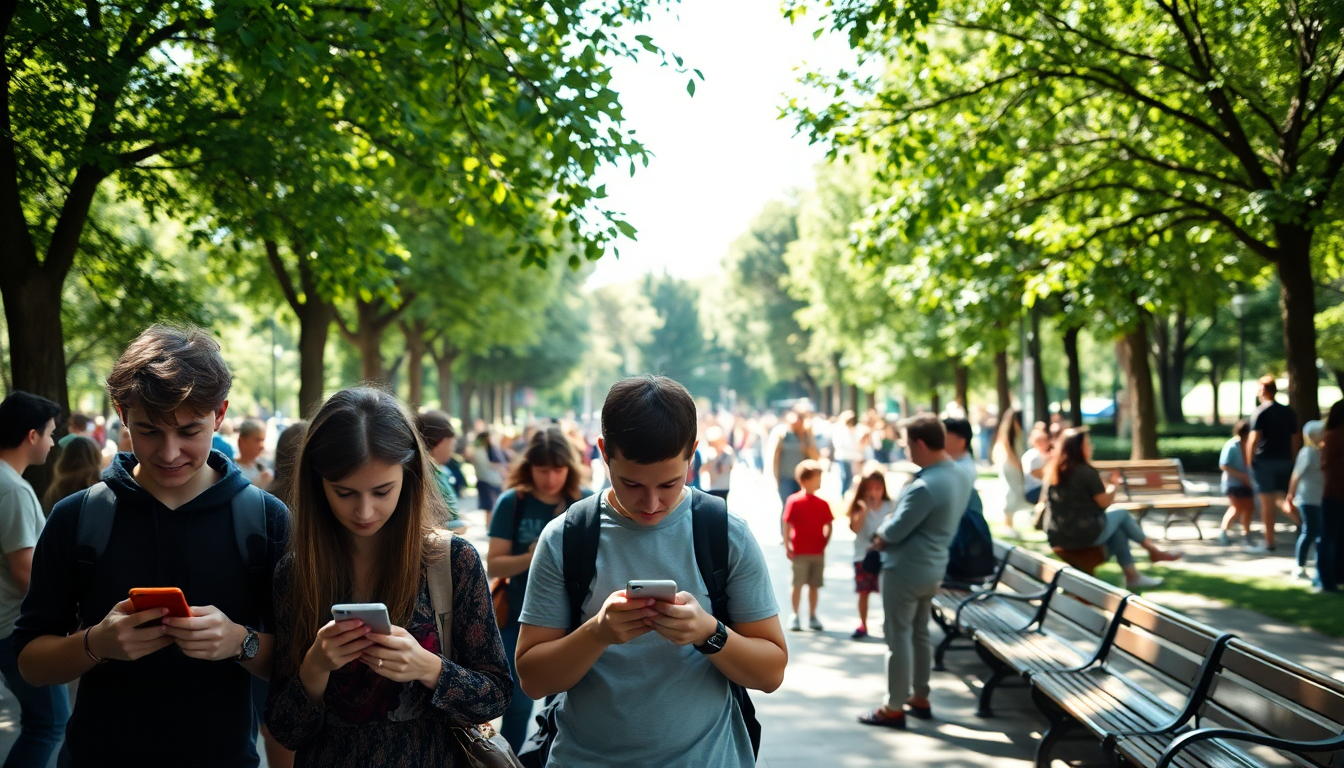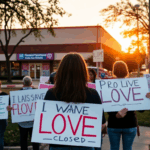Table of Contents
In a bold move to protect children’s well-being, the Australian government has announced that, starting December 10, social media platforms like YouTube will be required to verify that account holders are at least 16 years old. This shift reverses a previous exemption granted to YouTube when the government introduced landmark legislation last year aimed at shielding minors from potential online harms.
The Background of Australia’s Legislation
Last year’s legislative framework was a game changer, as it aimed to limit the exposure of kids under 16 to popular social media platforms, including Facebook, Instagram, Snapchat, TikTok, and X. Interestingly, YouTube was initially left out of this ban, but recent evidence has prompted the government to reassess its position.
Communications Minister Anika Wells has highlighted the undeniable harm that children are experiencing on the platform, with government research revealing that four out of ten Australian kids reported encountering distressing content on YouTube. Can you imagine the impact this has on their mental health?
The government is standing firm, undeterred by pushback from YouTube’s parent company, Alphabet Inc.
Wells has made it clear: the protection of Australian children takes precedence. “This is a genuine fight for the wellbeing of Australian kids,” she stated, emphasizing the urgency of the situation.
Details of the New Regulations
The new rules classify certain online services as “age-restricted social media platforms.” Platforms must now take responsible measures to prevent underage account holders, with penalties for non-compliance potentially soaring to 50 million Australian dollars (about 33 million USD).
But what exactly does “responsible steps” mean? The vagueness of this term raises questions about how these regulations will be enforced in practice.
While children will still have access to YouTube, they won’t be able to create their own accounts.
YouTube expressed disappointment over the government’s decision to revoke its exemption, reiterating its commitment to tackling online harms while emphasizing its identity as a video-sharing platform, distinct from traditional social media.
Prime Minister Anthony Albanese has signaled plans to take this campaign for international support to the United Nations forum in New York.
In conversations with global leaders, he pointed out a shared concern about the effects of social media on young people, hinting that Australia’s actions could inspire similar measures in other countries. Wouldn’t it be interesting to see how this unfolds on a global scale?
Future Implications and Concerns
This decision comes on the heels of an evaluation of age assurance technologies commissioned last year. Although the final recommendations from this evaluation are still pending, Wells noted that platforms won’t need to require users to upload sensitive personal identification documents, like passports or driver’s licenses, for age verification. Instead, she suggested that platforms already have access to detailed user data that could be sufficient for confirming age.
Moreover, the legislation has carved out exemptions for online gaming, messaging, education, and health apps, which are seen as less harmful to children. The primary aim of these regulations is to reduce the harmful effects associated with social media, such as addictive behaviors, social isolation, and exposure to inappropriate content—issues that have been linked to poor mental health outcomes among youth.
As we approach the December deadline, it will be fascinating to see how platforms adapt to these new regulations and what effects they will have on younger users’ access to social media in Australia. This proactive approach by the government could very well serve as a model for other nations wrestling with the pressing issue of children’s safety in our digital world.





